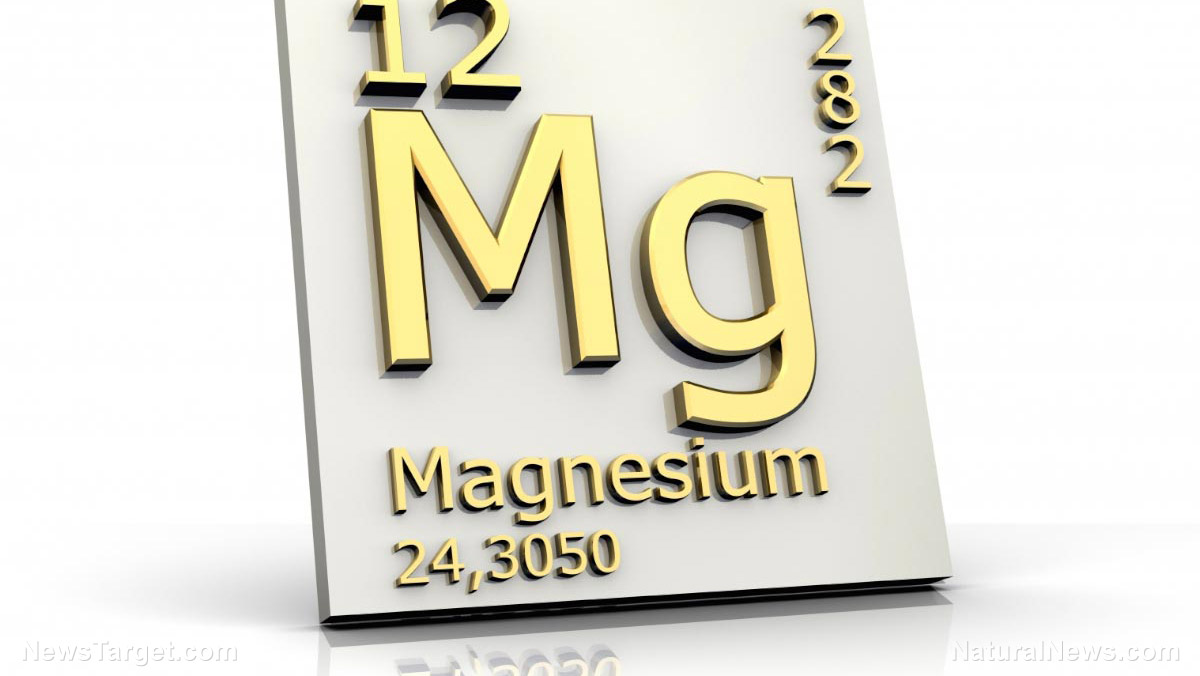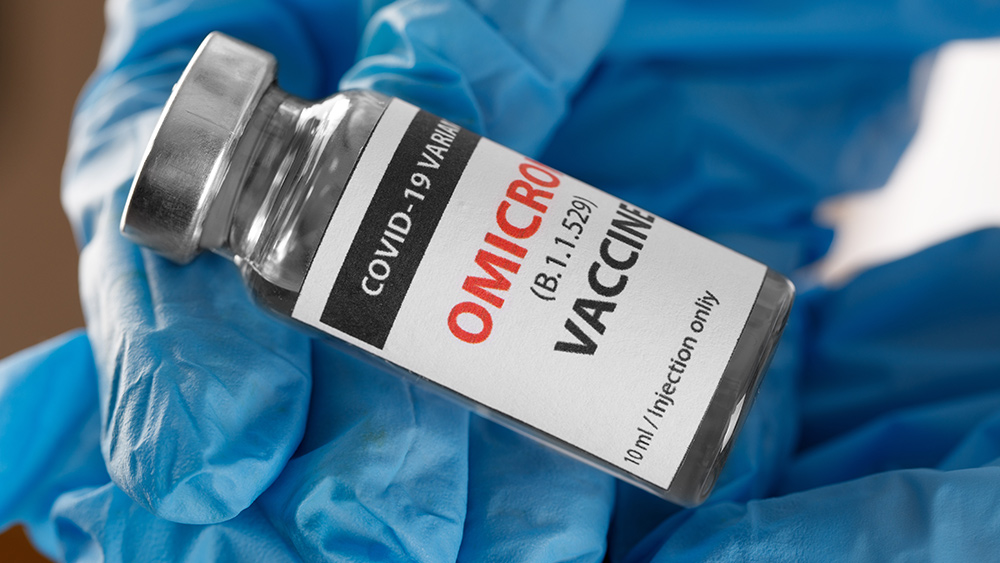Scientists look to magnesium for better electric vehicle batteries
09/02/2021 / By Ramon Tomey

Lithium has been the backbone of electric vehicle (EV) batteries for some time now. But scientists are now looking to magnesium – touted to be a better replacement for lithium – to power the EVs of tomorrow. However, there are certain issues with using magnesium for EV batteries, so scientists are working to overcome these roadblocks.
One main issue that made magnesium a viable replacement for lithium is the limited supply of the latter. The Atacama Desert in Chile is one of the places in the world that is rich in lithium. But the process of extracting lithium has damaged the desert environment and has negatively affected the desert’s indigenous residents.
On the other hand, sourcing magnesium is a much easier endeavor. The United States Geological Survey describes magnesium as “the [eighth] most abundant element … [and] the third most plentiful element dissolved in seawater.” The element and its compounds are also found in well and lake brines and bitterns. Bitterns refer to the liquid left behind when saltwater evaporates.
Obtaining magnesium for the batteries is a viable task, but utilizing it for EV batteries is another problem. According to the Department of Energy (DOE), magnesium-based battery anodes can store five times more energy compared to graphite anodes in lithium-ion batteries. “Rechargeable batteries based on magnesium … have the potential to extend electric vehicle range by packing more energy into smaller batteries,” it adds.
But magnesium ions had difficulty moving through solid material, which gave lithium ions over it. Furthermore, a 2017 study found that magnesium batteries have the potential to degrade even before their first charge-up. The DOE said these “unforeseen chemical roadblocks have slowed scientific progress” on the topic of magnesium batteries.
However, the Energy Department persisted with its research on magnesium batteries even though many parties pulled out due to lack of interest. (Related: Can magnesium batteries revolutionize battery technology?)
Solving the magnesium problem using nanocrystals and sulfur
In 2018, the DOE’s research on magnesium batteries encountered a key development. A study funded by the department described nanocrystal formation on the magnesium anode. The researchers behind the study found that these extremely tiny magnesium crystals on the battery anode played a role in improving the magnesium battery’s performance.
The study authors acknowledged the “unique operating mechanism” of magnesium anodes that allowed magnesium batteries to “charge and discharge quickly at freezing temperatures.” Upon closer scrutiny of the anode, they found a highly functional solid electrolyte interphase (SEI) that allowed magnesium to continuously move throughout the battery without causing damage. (Related: Tiny disorganized crystals may hold the key to new magnesium battery energy storage technology.)
Later, researchers from Tohoku University (TU) in Japan pushed magnesium battery research even further. They proposed the use of liquid sulfur/sulfide composites for the cathode – the battery’s negative terminal – to match the magnesium anode. Manufacturers of lithium-ion batteries often used transition metal oxides for their batteries’ cathodes.
The TU researchers published their findings last July 2021 in the Journal of Materials Chemistry A. They acknowledged the limitations of common sulfur-based cathodes in their study. These limitations included “low electronic conductivity” and “sluggish magnesium diffusion in solid magnesium-sulfur compounds.” However, their use of liquid sulfur/sulfide composites appeared to have overcome these difficulties.
The study authors said the materials for the cathodes can be spontaneously produced through electrochemical oxidation of metal sulfides such as iron sulfide in an ionic liquid electrolyte. The process yielded liquid sulfur embedded in the iron sulfide material that can conduct energy. The resulting material exhibited a highly stable performance as a cathode for magnesium batteries.
Despite the important discovery, the TU researchers said there is much more work to be done with magnesium rechargeable batteries (MRBs). Lead study author Dr. Kohei Shimokawa said: “We need electrolytes that are compatible with both the cathode and anode materials because the ionic liquid [electrolyte] used in this work passivates the magnesium metal anode.”
Shimokawa continued: “In the future, it is important to develop new, electrochemically stable electrolytes to make MRBs more practical for widespread use.” He ultimately remarked that their work “would boost the improvement of sulfur-based materials for achieving high-performance next-generation batteries.”
NewEnergyReport.com has more articles about magnesium batteries for electric vehicles.
Sources include:
Tagged Under: battery anode, electric vehicles, Energy Storage, EV batteries, lithium ion batteries, magnesium batteries, magnesium extraction, magnesium nanocrystals, nanotechnology, rechargeable batteries, research
RECENT NEWS & ARTICLES
COPYRIGHT © 2017 DISCOVERIES NEWS





















